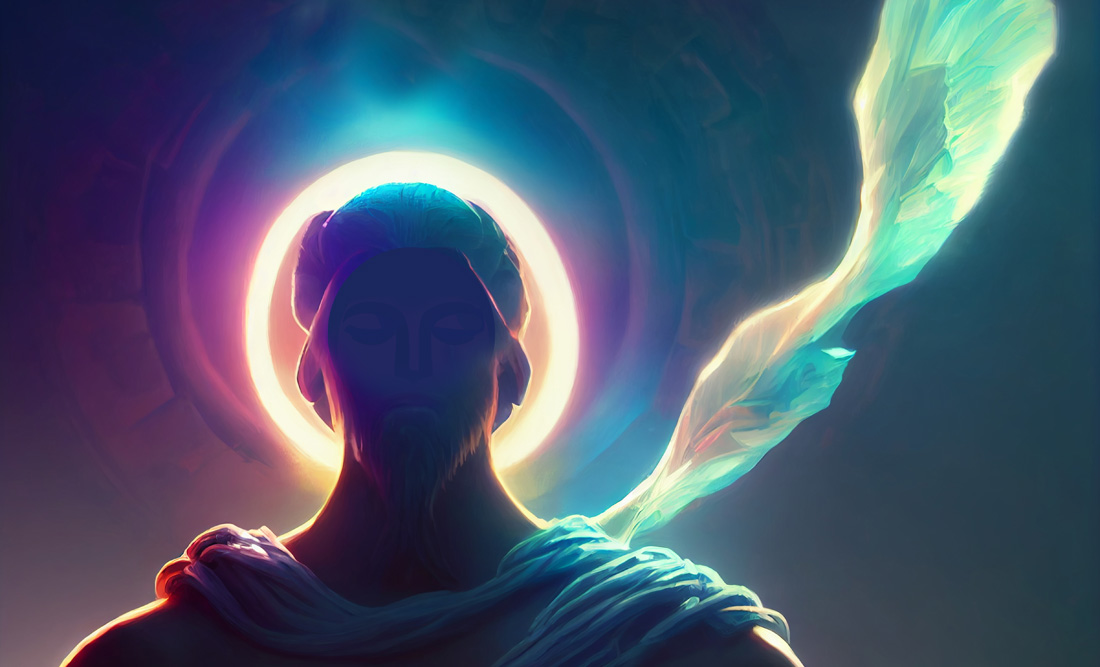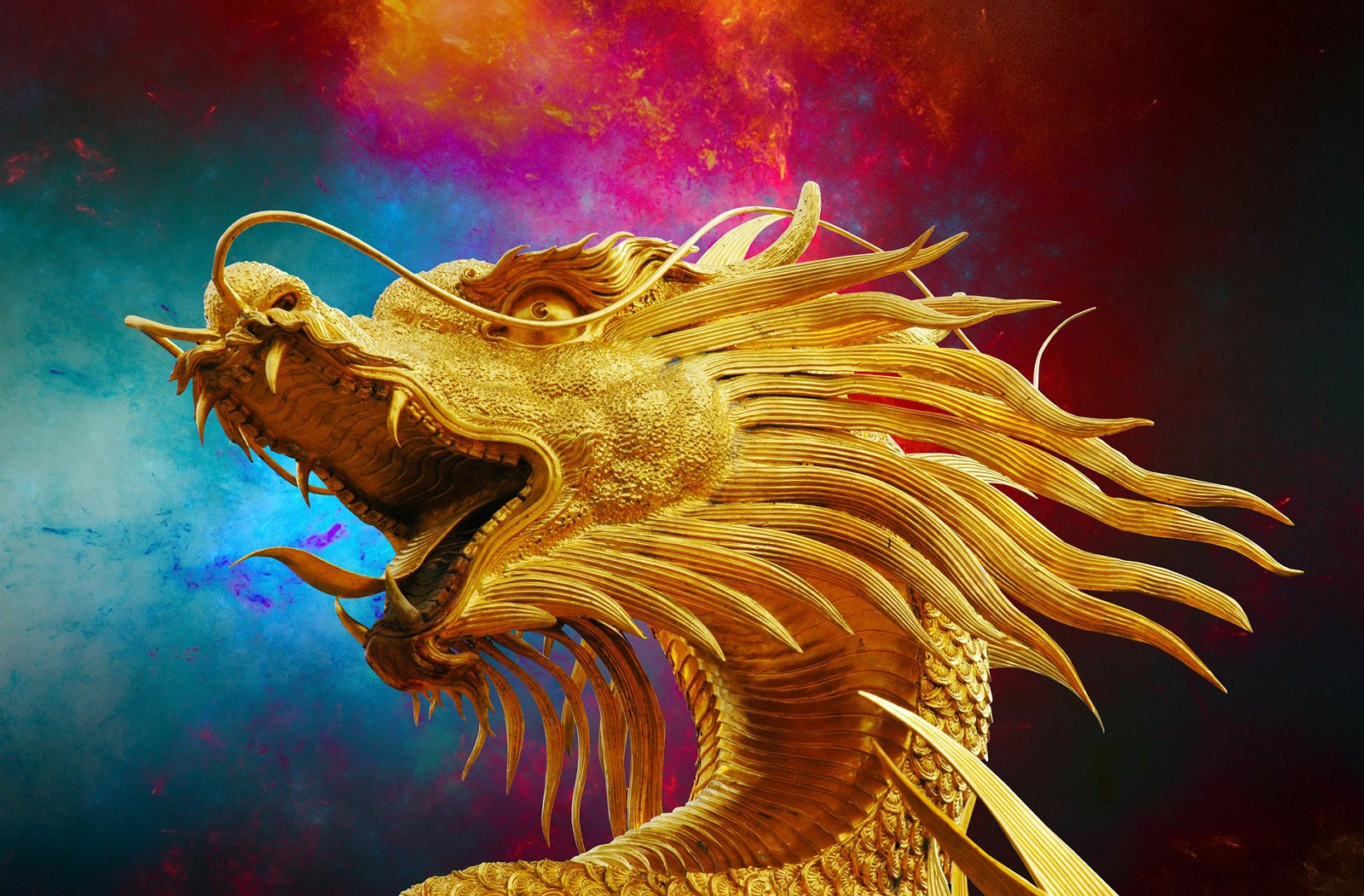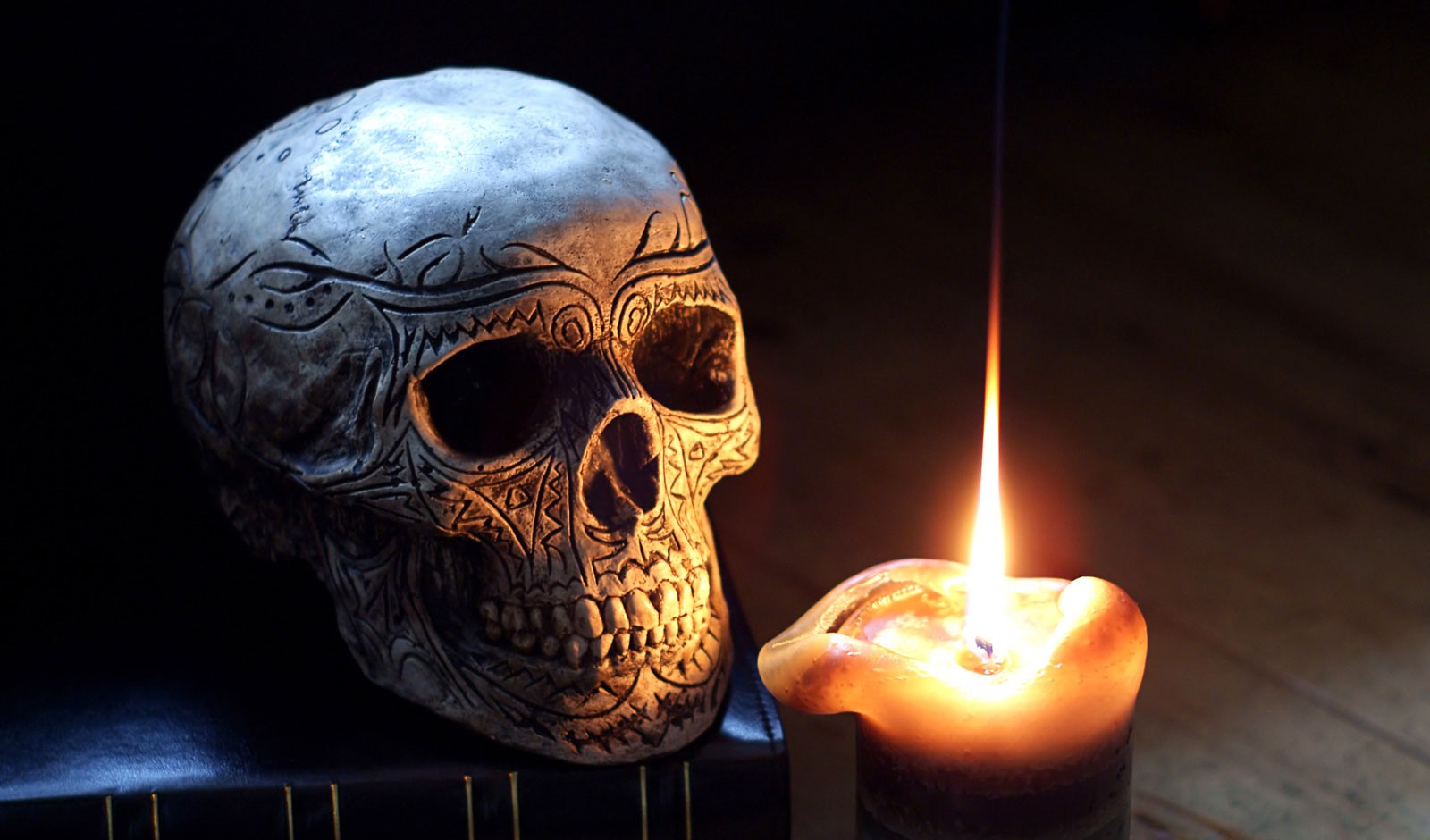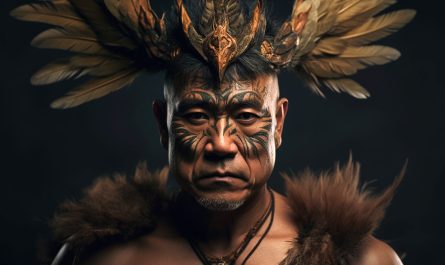Last Updated on June 6, 2023 by Avia
Armenian gods and mythology is a segment of cultural beliefs originating with the Armeno-Aryan people, an Indo-European nation thriving in the region of the Near East. We’re pretty excited to share these legendary insights with you because they aren’t commonly known by most people. Getting accurate information about Armenian mythology is so rare. So rare, in fact, having this information is like sighting a unicorn or as exciting as winning a Bob Casino bonus. It just doesn’t get any cooler to have this obscure yet vibrant mythology explained here. So consider yourself a winner and settle in as we tell the tales of ancient Armenian gods and myths.
Table of Contents
A Bit About Armenia
Armenia’s history is vast and complex, with many influences from the Assyrians, Hittites, Persians, Greeks, Romans, and Mongols. Throughout these periodic invasions and cultural exchanges, Armenian mythology has maintained its unique distinctiveness, primarily through oral storytelling.
Armenian Gods and Their Meanings
Armenian mythology generally revolves around the gods Anahit, Vahagn, Aramazd, Mihr, and the Nairyosangh. Anahit, the beautiful and powerful goddess of ancient Armenia, is an important deity in Armenian mythology. She is often seen as a symbol of love and fertility. Her father is believed to be the god Aramazd, and her mother is Arma. She is the goddess of fertility, childbirth, healing, wisdom, and war.
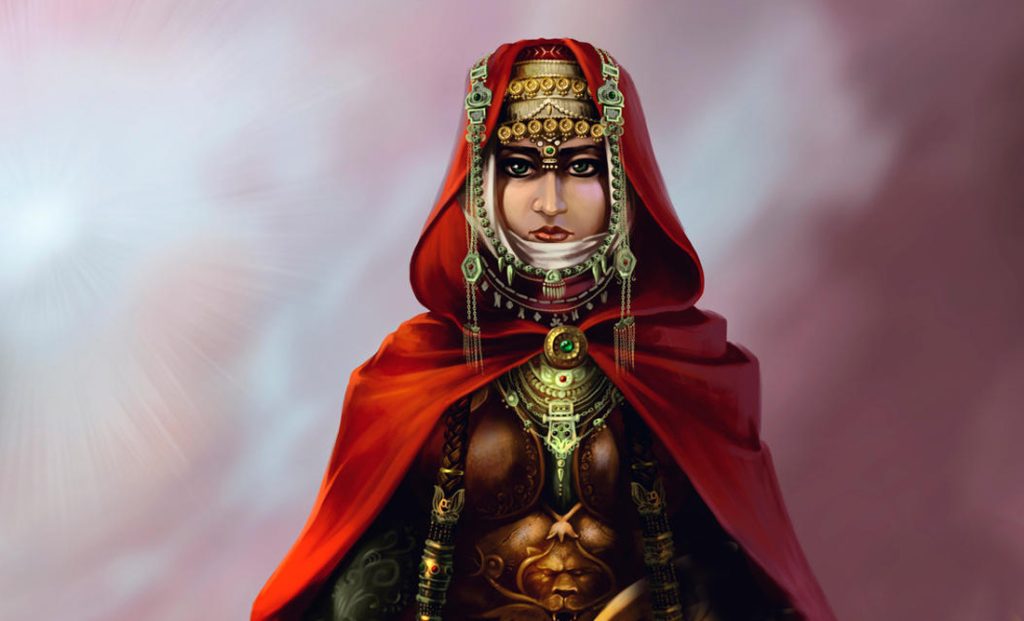
Goddess Anahit
Anahit was worshiped in the entire Armenia region, from the ancient city of Artashat to Lake Sevan. Her temple in Artashat was one of the most famous temples in ancient Armenia, and her influence extended even beyond Armenia to other parts of the Persian Empire. Her temples and rituals of worship were supported by Kings, wealthy landowners, and commoners alike.
The god Anahit was widely celebrated in June, and the name of the month is derived from her name. According to legend, when one prayed to the goddess to become prosperous, they promised to give something in return, most commonly in the form of a silver coin.
Anahit was also considered a goddess of wisdom, a trait admired by the intellectuals of ancient Armenia. She was often depicted with a wheat sheaf, a fitting symbol of fertility, as well as a sword, which reflects her role in protecting the people. Her festivals were especially attended by the women of the villages, who engaged in dancing around the temple and singing praises to the goddess.
Anahit is still celebrated today, with annual festivals and flowers placed in the temples of ancient Armenia. Her legacy lives on through her festivals and rituals as a reminder of the powerful goddess that she once was.
Vahagn
Vahagn is one of the most important gods in Armenian mythology. He is sometimes seen as an early form of the Greek god Heracles, as he is a god of heroic strength. He is usually portrayed with a lion’s mane and a beard of fire and is often identified with a raging fire involving both protection and destruction.
The god Vahagn is said to have been born from the union between the god Hayk and the dragon Azhdahak. This union is said to have created one of the blazing stars in the night sky. Various ancient Armenian manuscripts also suggest that Vahagn was a legendary priest-king and warrior in the ancient land of Urartu or one of its related nations, which fought against the Assyrian empire.
Vahagn is one of the most notable gods in the pantheon, as all Armenians throughout the ages have honored him and considered him an important part of their culture. He is one of the oldest gods in the Armenian pantheon and continues to be widely venerated to this day. He is seen as a powerful defender of his people and a provider of protection, health, and strength.
Vahagn is also known as the god of wisdom and is celebrated for his courage and bravery, being a symbol of strength and power. He is believed to have the power to control all aspects of nature, from mountains and rivers to storms and fertility. Vahagn is also a mighty hunter and is associated with skill, vigor, and courage. He is often referred to as “Vahagn the Victorious” throughout Armenian folklore and remains a beloved figure among Armenians.
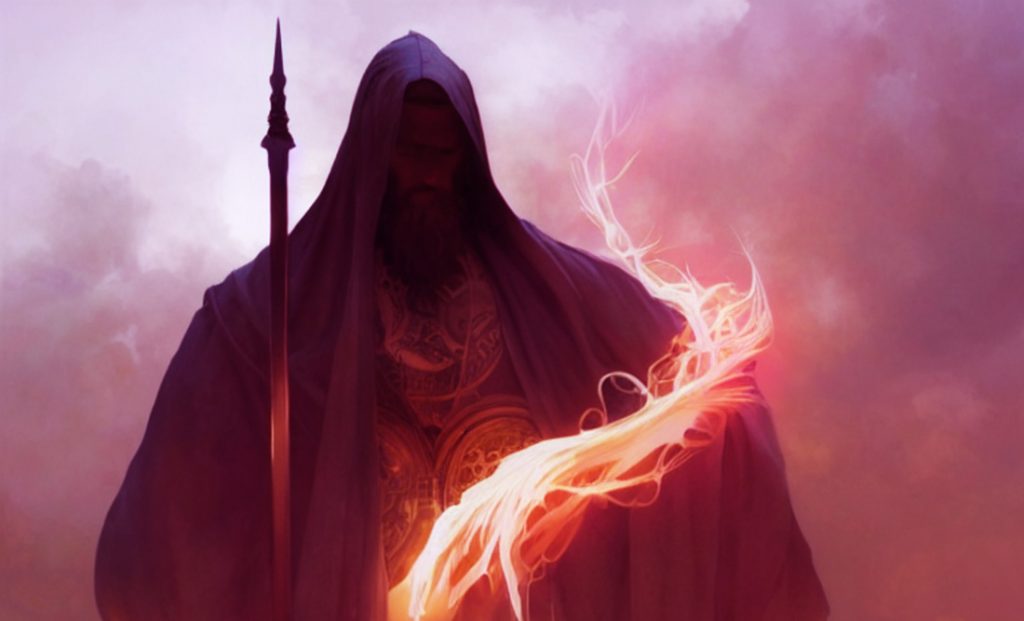
Aramazd
The god Aramazd was the supreme creator and the father of other gods. Aramazd has been worshiped as the chief god of the Armenian pantheon since ancient times. He is a powerful god of harvest and fertility, but also a deity of fortitude and justice. In Armenian local mythologies, Aramazd is connected to various cults, including Eliun, Vanatur, and Vorotan.
Aramazd is often seen as the father of the gods, responsible for creating the heavens and the Earth. He is also known to have begotten the gods Anahit and Vahagn. Additionally, he fathered seven strong sons and seven beautiful daughters. Aramazd’s children are believed to be the founders of many of the dominant ethnicities of historic Armenia.
In Armenian mythologies, Aramazd was the only divine being to remain outside of the Theomachy, or the War of Gods. This war served as a warning to mortals. It mirrored many of the moral controversies the Armenian people faced throughout their history. In the myth, Aramazd was a wise mediator. He stopped the war and ensured that the divine forces were not completely destroyed.
Aramazd’s temples were placed at the sites of significant battles that had taken place throughout Armenian history. By venerating this god, the people demonstrated their strong appreciation for justice and morality. As a result, Aramadz has been venerated in Armenia since before the Christianization of the country.
Aramazd is also seen as a symbol of Armenian civilization by contemporary Armenian scholars and clergy. He has been associated with various holidays, including New Year. Aramazd is also associated with the Spring festival of Vardavar, the harvest festival of Navasard, and course, April 24th, which is known as the Day of Remembrance for the Armenian Genocide.
In modern Armenia, Aramazd is widely accepted as the highest god. He embodies justice and is a recurring symbol for Armenian identity and culture. He is remembered and honored through spiritual devotion and the celebration of Armenian feasts and festivals.
All of these gods were part of a pantheon of gods and goddesses who were responsible for protecting and guiding the Armeno-Aryan people.
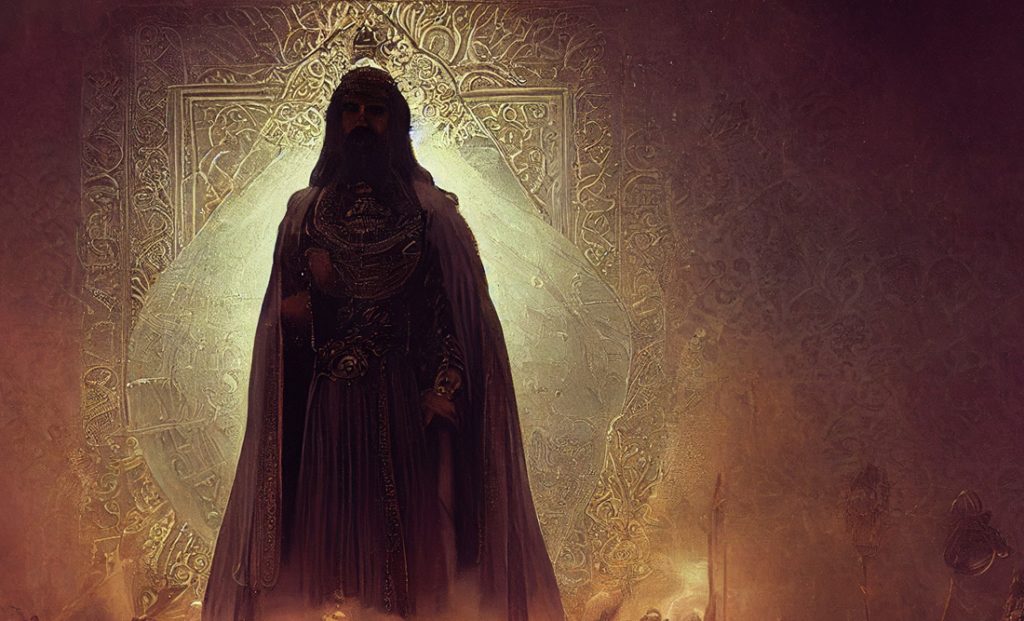
Myths of Armenia
Armenian mythology also includes creation myths, which tell of a time before time. One of the most important of these is the story of Hayk Nahapet, the founding father of the Armenian people.
The narrative tells of Hayk, who was the son of Sosi the great, who in turn was the son of Aramazd, the god of creation. Hayk leads his people in an epic struggle against the oppressive King Bel and ultimately triumphs. The supreme god Aramazd was thought to preside over Heaven and its eternal paradise. In Heaven, the Armeno-Aryan people believed that humans would remain in a blissful state, living forever in peace with their ancestors.
Armenian mythology is an incredibly complex and deep set of beliefs with many nuances. The gods and goddesses, creation myths, and concept of death in Armenian mythology all reflect an ancient and unique set of beliefs, reflecting Armenia’s rich cultural history.
Armenian mythology is still alive today, playing an important role in the spiritual lives of Armenians. Even though the gods may have been forgotten by modern society, their stories and myths remain an integral part of Armenian identity.
Conclusion
To be sure, Armenian gods and goddesses are complex, colorful, and rich in symbolism. Learning more about Armenia’s lore and legends is a beautiful way to connect with a diverse and brilliant culture. We hope this article on Armenian gods and mythology inspires you to dive deeper into this vibrant, enchanting ancient wisdom. As always, thanks for reading!
